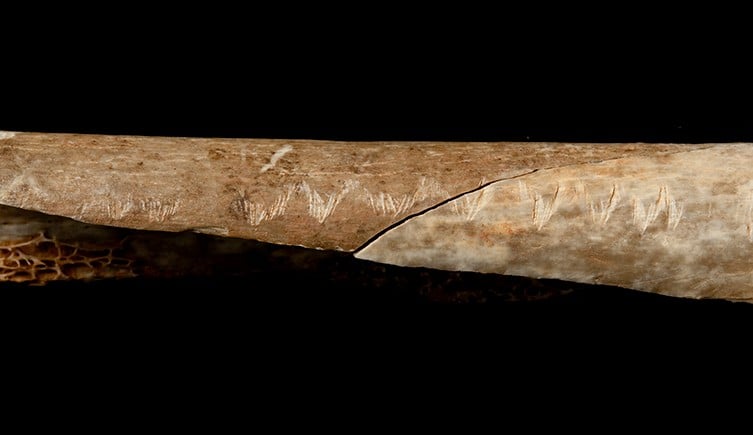About 17,000 years ago, the first humans appeared in Europe. There are many aspects of development. From the production of consumer goods to art. After living together as a community they have more complex behavior including inventing various rituals.
A group of experts studies the history of this era. This is called the Magdalene period. Many rituals and customs can be recognized. Based on examination of human remains and bones from that era. They are found spread throughout Europe but there is only one subject where studying is difficult. It is the behavior related to funerals or funeral ceremonies for people in that era
The remains of Magdalenian humans have been discovered and there is evidence of ‘manipulation’ of the deceased’s body after death, suggesting that it involved eating organs or cannibalism. Previously it was not possible to determine the exact cause.
But more recently, a case study was published on October 4, 2023, in the journal Quaternary Science Review, which reported an analysis of 59 excavation sites containing bodies or human remains from the Magdalenian period buried from many regions. From France, Germany, Spain and Poland to England, “cannibalism” for humans was prescribed at that time as part of the funeral ceremony. And not in the way of eating food.
At 13 of the 59 sites excavated, evidence of cannibalism was found, with two sites showing evidence of burial alongside cannibalism. The remains of humans from this era have been found in various places. Instead, there were cut and chipping marks on the bones in the same pattern. Pointing out that this practice has spread widely and is deliberate behavior.
Results of analysis of human Magdalene bones from several fossils. It shows traces of bone marrow extraction after the death of its owner. There are also many corpses bearing signs of artistic bone decoration.
A team of researchers at an excavation site in France found a wound in the skull. This is not consistent with the general nature of speculation. But it looks like a beautifully designed decoration.

Magdalene human bone remains from an excavation site in England There is a zigzag notch on the arm bone. It is expected that this is for cosmetic purposes and not for any other use.
Of the 15 Magdalene human remains showing signs of cannibalism, 13 date back to ca. 17,000-11,000 years ago
The research team also noted that there are 8 excavation sites with sufficient evidence to extract genetic traces. Which indicates the possibility that many groups of people have the habit of eating cannibalism together. As part of these funeral ceremonies they may have common ancestors which should be studied to find additional information further
source: miamiherald.com
Image credit: Trustees of the Natural History Museum, London.

“Reader. Infuriatingly humble coffee enthusiast. Future teen idol. Tv nerd. Explorer. Organizer. Twitter aficionado. Evil music fanatic.”
